The remote town of Waterville Valley, New Hampshire seems like a movie setting. It’s a picturesque New England village, home to world class ski slopes and a local high school dedicated to training the next generation of Olympic skiers.

And just like in the movies, the setting wouldn’t be complete without someone behind-the-scenes, working hard to ensure that this dream doesn’t become a nightmare. That someone is Jeff Dropkin, paramedic and captain of the local fire department, who also teaches the American Heart Association’s ACLS, PALS and PEARS courses at nearby Speare Memorial Hospital in Plymouth, NH.
The same snowy slopes that give Waterville Valley its charm also pose hidden dangers. From cardiac arrest to head trauma, it’s Jeff’s job to ensure that everyone in the community – from the ski patrol to the teachers to the bystanders – have the skills they need to recognize and react at a moment’s notice.
“We’ve seen several instances where the athletic exertion and the deep snow cause sudden cardiac deaths,” shares Dropkin. “Moreover, they’ve added more dangerous features to ski resorts now, and we’re seeing a lot more injuries than we used to. Often, you have to make the correct treatment decision within seconds.”
In recent years, the State of New Hampshire has pushed hard to raise its standards of cardiac medicine, including changing statewide protocols to make high-quality CPR, with a focus on teamwork, the standard for EMS responders.
“Bystanders start by calling 9-1-1, then immediately begin either CPR with rescue breaths or Hands-Only CPR. You never break for more than 3 seconds. You deploy the AED as soon as you can. You also do chest compressions in between the AED shocks when the machine recharges. EMS responders don’t stop CPR for anything, not even when we put in the IV. No breaks. This is how people get saved – immediat e, constant CPR and immediate defibrillation in a shockable rhythm.”

One life that Jeff remembers saving is a cardiac arrest victim that you would least expect: a 14-year-old boy at snowboard practice. However, tragedy was averted thanks to what the AHA calls the “Chain of Survival.”
Young Will Bayha’s team coaches had received a CPR refresh training by Dropkin only six months before, and knew the signs when the boy went into cardiac arrest. One coach started CPR immediately while the other ran for the AED and called 9-1-1. They had the AED deployed in 90 seconds. Dropkin and his EMS team arrived a minute later.
In the ambulance, Dropkin evaluated and then supported the boy with O2, capnography, cardiac monitoring and serial EKGs. They continued support with respirations and fluid resuscitation as Dartmouth Hitchcock Air Rescue arrived to airlift the young man to a hospital where he was fitted with a pacemaker. Today, he’s fine. And even though he’ll never snowboard competitively again, he still hits the slopes for fun.
A happy ending, thanks to an unfailing commitment to high-quality CPR for both bystanders and professionals alike.

Thank you for this super wonderful information!
Now, A life will be saved with this knowledge and the dedicated people who so diligently serve!!
So very proud of you!!! and all extra special good people devoted and dedicated to saving mankind.
Be Careful.
Corinne K Dame